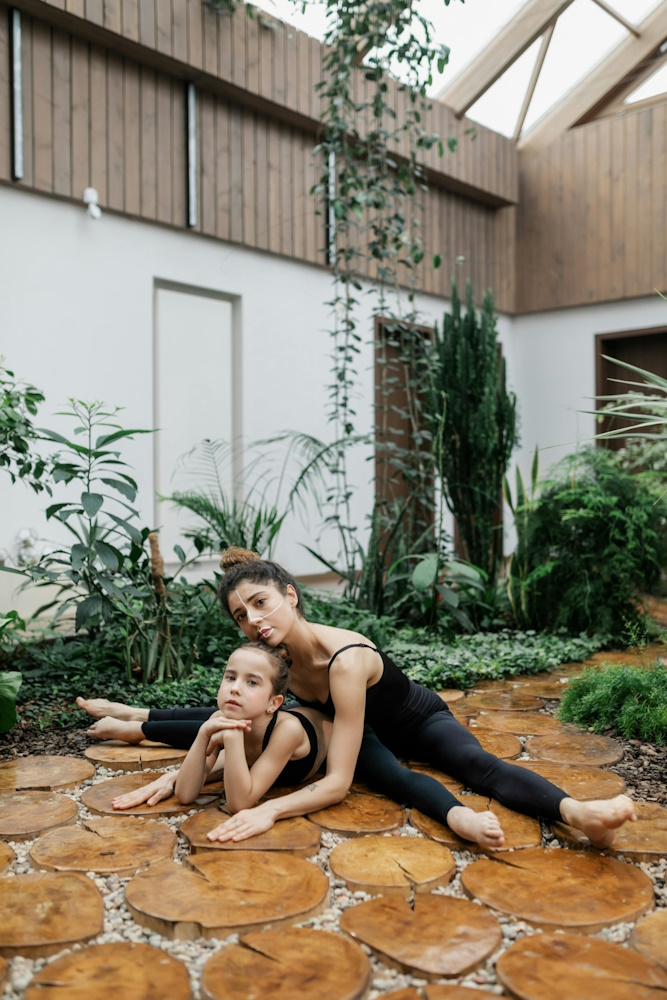Pilates is a versatile and low-impact exercise method that can be enjoyed by individuals of all ages. Whether you’re a child, a teenager, an adult, or a senior, Pilates offers a wide range of exercises that can be tailored to meet the specific needs and goals of different age groups. In this guide, we’ll explore the suitability of Pilates for various age groups, the benefits it offers, the different levels of Pilates, and whether it’s appropriate for a 12-year-old to engage in Pilates.
Can You Do Pilates at Any Age?
Yes, Pilates can be practiced at virtually any age. It’s one of the unique aspects of this exercise method. The principles of Pilates, which emphasize core strength, flexibility, and body awareness, are adaptable to individuals of all ages. However, the approach and focus may differ depending on the age group.
Pilates for Children and Teens:
Pilates can be a beneficial form of exercise for children and teenagers. It helps improve posture, enhance flexibility, and build a foundation of strength that can support healthy growth. For children, it’s important to ensure that Pilates exercises are age-appropriate, and it’s often advisable to have supervision or instruction from a qualified instructor who understands the needs of young bodies.
Pilates for Adults:
Adults can benefit from Pilates in various ways, including improved posture, increased core strength, enhanced flexibility, and stress relief. The adaptability of Pilates means it can be adjusted to suit the fitness level and goals of adults, whether they are beginners or experienced practitioners.
Pilates for Seniors:
Pilates is particularly valuable for seniors. It helps maintain and improve mobility, balance, and core strength, reducing the risk of falls and injury. It can also alleviate joint pain and support healthy aging. For seniors, it’s essential to focus on exercises that suit their individual abilities and address any specific physical limitations.
Is Pilates Good for All Ages?
Yes, Pilates is indeed good for all ages. Here’s why:
1. Versatility: Pilates is adaptable to different age groups. Exercises can be modified to match the needs and abilities of individuals.
2. Low-Impact: Pilates is a low-impact exercise method, reducing the strain on joints and minimizing the risk of injury. This makes it a safe option for individuals of all ages.
3. Body Awareness: Pilates promotes body awareness, which is valuable at any age. It enhances the connection between the mind and body, helping individuals maintain a better understanding of their physical well-being.
4. Improved Mobility: For seniors, Pilates can be a game-changer, helping to maintain and improve mobility and flexibility, which are essential for overall health and independence.
5. Stress Reduction: Pilates offers stress relief and relaxation, which is beneficial for people of all ages.
Are There Different Levels of Pilates?
Yes, there are different levels of Pilates to accommodate individuals at varying stages of their fitness journey. The levels are typically categorized as follows:
1. Beginner Level: These exercises are suitable for individuals new to Pilates. They focus on building a strong foundation, teaching core principles, and improving body awareness.
2. Intermediate Level: Intermediate Pilates exercises introduce more complex movements and challenge the core and overall strength. Individuals should have a good understanding of basic exercises before advancing to this level.
3. Advanced Level: Advanced Pilates exercises are the most challenging, demanding a high degree of strength, flexibility, and control. These exercises require a solid foundation and are typically not suitable for beginners.
Is It Okay for a 12-Year-Old to Do Pilates?
Yes, it’s generally okay for a 12-year-old to engage in Pilates, but there are a few considerations to keep in mind:
1. Supervision: It’s advisable for children to practice Pilates under the supervision of a qualified instructor who understands the specific needs and limitations of young bodies.
2. Age-Appropriate Exercises: Pilates exercises for children should be age-appropriate, emphasizing fundamentals, body awareness, and proper alignment. Complex exercises can be introduced gradually as the child gains experience and strength.
3. Enjoyment: Ensure that the child enjoys Pilates and sees it as a fun and positive activity. This will help maintain their interest and commitment.
In summary, Pilates is a versatile exercise method suitable for all age groups. It can be adapted to meet the specific needs and abilities of children, teenagers, adults, and seniors. Pilates offers numerous benefits, including improved posture, enhanced core strength, flexibility, and body awareness. The exercises can be categorized into different levels to cater to individuals at various stages of their Pilates journey. When it comes to children, Pilates can be a valuable form of exercise, provided it is age-appropriate and supervised by a qualified instructor. Pilates truly is an exercise method for a lifetime, supporting physical and mental well-being at every stage of life.
